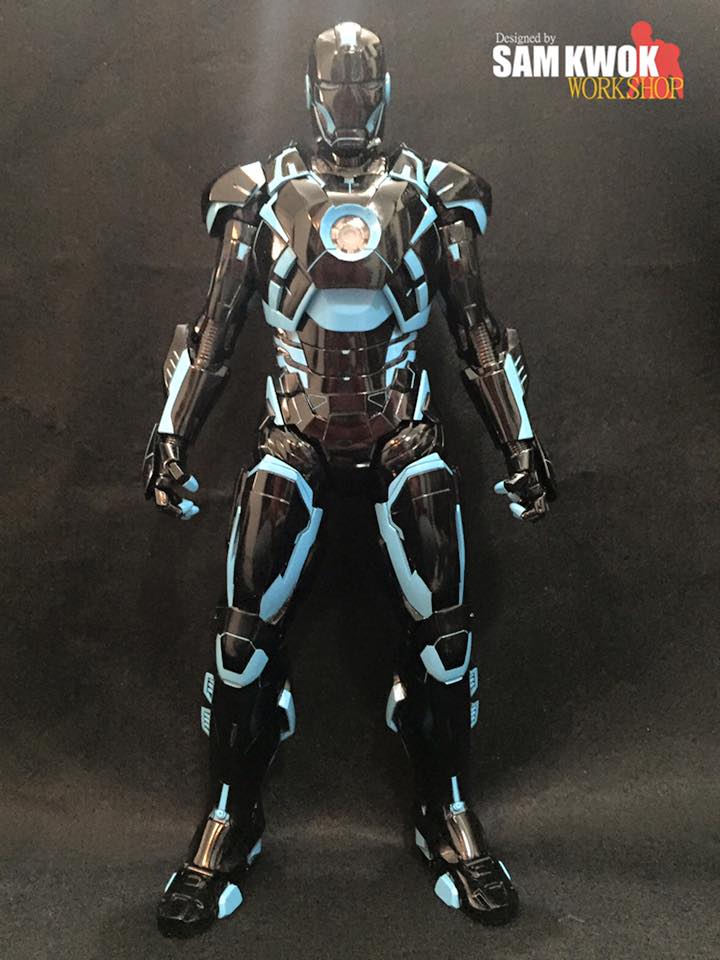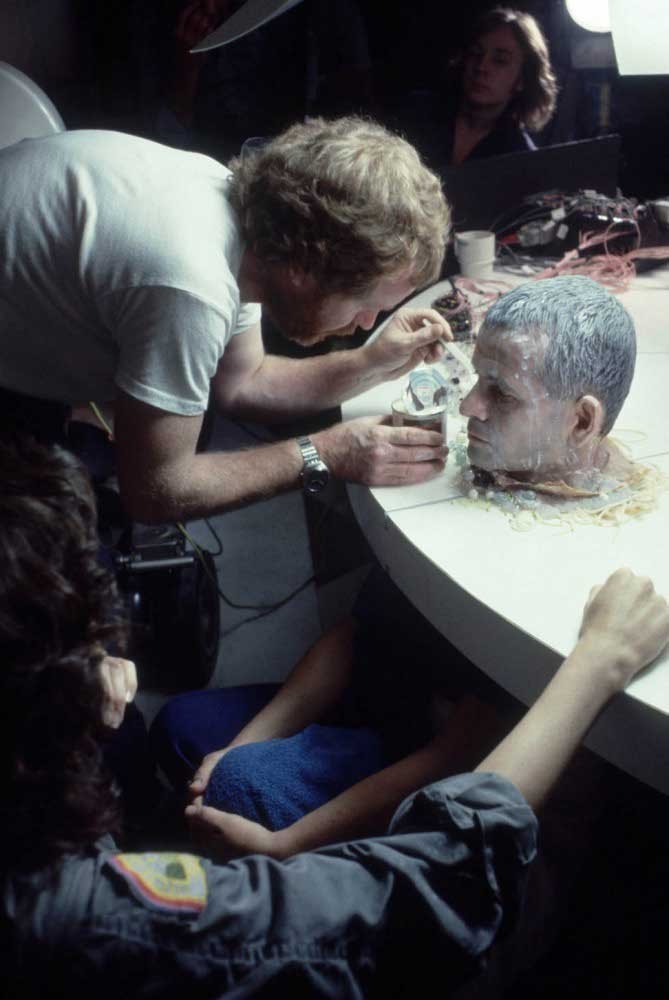Michael Herzenberg and his birth mother, Lee. Mary Harris/WNYC hide caption
toggle caption Mary Harris/WNYC
Only Human is a new podcast from WNYC Studios. Hosted by Mary Harris, Only Human tells stories we all can relate to. Because every body has a story. Subscribe to Only Human on iTunes or wherever you like to get your podcasts.
[embedded content]
When Lee Herzenberg remembers the day her son Michael was born, she laughs and calls it a “cool birth.” Her obstetrician was a friend, and she describes it almost like a party — “a little bit painful, but that you forget very quickly.” Lee even got a kick out of the fact that a resident learned to do an episiotomy on her.
It was November 1961, and she was at the newly christened Palo Alto-Stanford Hospital Center; her husband, Len, was a biology professor on campus. Like most fathers at the time, he didn’t attend the birth, which meant he wasn’t there when Michael started turning blue.
The nurses whisked the newborn off to the nursery without telling Lee anything was wrong.
It was then that a doctor noticed the characteristic features of Down syndrome: floppy muscles, eyes that slanted upward. They got Michael breathing again, but doctors thought his prognosis was grim. They gave Michael just a few months to live. A daisy chain of physicians was called, and Lee says it was a pediatrics professor who told her husband what had happened. Then Len was dispatched to tell Lee.
She remembers the moment with uncharacteristic emotion. “We hugged each other, and it was a terrible conversation to realize that you’d lost the baby, but the baby was lost,” Lee says now. “We knew immediately what we’d do. We had already made the decision that it was not a good thing to take the baby home, and so we didn’t.”
In the 1960s — an era before neurodiversity movements and early intervention programs — many people still called people with Down syndrome “mongoloids.” Playwright Arthur Miller institutionalized his son, Daniel, in 1966. A few years later, an article in The Atlantic Monthly argued that “a Down’s is not a person.”
Lee and Len Herzenberg had seen friends struggle with the birth of a child with Down syndrome and had even gone with a colleague to an institution, where he dropped off his own infant daughter.
So, they decided Michael would never come home.
But Michael wasn’t absolutely lost to them. Michael’s birth sparked their search for a blood test that has revolutionized prenatal care in this country.
I made the mistake of telling one scientist I was reporting about “Len Herzenberg’s lab.” He corrected me instantly: “Len and Lee’s lab.” Because Lee Herzenberg was “leaning in” decades before Sheryl Sandberg coined the phrase. At 81, Lee, a professor of genetics, is still running the lab she and her husband founded more than 50 years ago. Len died in 2013.
The lab is a quirky place, even by Stanford standards. Lee rarely sits on chairs, preferring cushions on the floor. She’s often accompanied by her bichon frise, Gigi. Researchers can often be found working in this basement office well into the night.
But Lee Herzenberg isn’t just quirky. She is one of the few professors at Stanford — possibly the only one — never to have officially graduated from college. Instead, she trained by her husband’s side, auditing courses while he got his Ph.D. at Caltech (women weren’t allowed to attend at the time) and working at his labs at the Pasteur Institute in Paris and the National Institutes of Health.
And the science that’s been done here has changed the course of medicine.
The Herzenbergs are best known as the creators of the modern-day fluorescence-activated flow cytometer, or FACS. It was a machine born out of frustration: Len couldn’t stand squinting down a microscope looking at cells.
Before the FACS, a biologist peering at slides could feel like he was playing a really intense round of “Where’s Waldo,” staring at crowds of all kinds of cells, trying to pinpoint the exact ones he was looking for. Not only was it annoying — Len Herzenberg worried it wasn’t particularly scientific. He wanted a way to find and describe cells that didn’t rely on his worn-out eyes.
The FACS allows you to pour cells in, program the machine to find whatever it is you’re looking for, and then it will spit out a little tube of just those cells alone. And the FACS gives you all kinds of information, too: how big the cells are and how much DNA they have inside.
The FACS was used to diagnose AIDS because the technology can quickly and easily sort out T cells. The FACS was used to find the first stem cells. When Len Herzenberg died, one colleague told The New York Times that “without Len, tens of thousands of people now alive would not be.”
But in the 1970s, the Herzenbergs were still proving the value of this machine. That’s when they started thinking about using it to create a blood test for Down syndrome.
One of Michael’s albums, with a photo of his birth parents, Lee and Len Herzenberg. Mary Harris/WNYC hide caption
toggle caption Mary Harris/WNYC
Len had seen research from Finland claiming it was possible to see a fetus’s cells in a mother’s blood. It was hard to believe. But he figured that FACS, with its nearly magical sorting capabilities, could figure it out. So he took on a medical student named Diana Bianchi as a research associate and made sorting out these cells her project.
If they could isolate these cells, he could learn a lot about the developing fetus, including whether the fetus had chromosomal abnormalities.
“They had a very personal reason for doing this, because of their son Michael,” Bianchi says now. “They wanted to have a test that could be offered to any pregnant woman — that would be noninvasive and would allow them to know if a child had Down syndrome. The first step, however, was to show that you could pull out fetal cells.”
Scientists now estimate that for every 200 billion cells in a mother’s bloodstream, about 10 of those are fetal cells. Bianchi was one of the first people to see them.
The New York Times quoted Len saying the work was a “first step” toward a blood test for Down syndrome for all pregnant women. But it would take 30 years for a practical test to become a reality.
As it turned out, Len’s FACS wasn’t the right tool for prenatal diagnosis. There weren’t very many fetal cells to be sorted, and if a pregnant woman already had children, scientists couldn’t be sure if the cells in her blood came from the current fetus or one of her older kids.
But in 2008, Len helped ensure the right tool was found.
A researcher named Stephen Quake had discovered a way to sequence chunks of fetal DNA floating in expectant mothers’ blood. As a member of the National Academy of Sciences, Len made sure the paper was published in the academy’s journal. Another researcher, Dennis Lo, confirmed Quake’s findings. Three years later, the tests were on the market.
Now, at just 10 weeks into a pregnancy, a whole range of things can be revealed with this test. Not just Down syndrome, but a host of other chromosomal abnormalities as well as the sex of the child to be.
Until this test, doctors had to rely on amniocentesis, an invasive procedure that involves inserting a needle in the womb to sample amniotic fluid, or biopsying the placenta, to tell them with any reliability whether a fetus had a chromosomal abnormality. These tests aren’t just uncomfortable; they come with a risk of miscarriage. By some estimates, in the past five years the number of these procedures performed in this country has plummeted by more than 50 percent.
To some parents, this knowledge can be alarming. Advocates in Ohio are trying to pass a law preventing abortions if Down syndrome is the reason (North Dakota and Indiana have already passed similar laws).
Lee Herzenberg is honest about what she would have done if she’d known early on in her pregnancy that Michael had Down syndrome.
“I’d say if I had the choice of not pushing Michael into this life — if I at that time would know I was carrying a Down syndrome child — I would have aborted the child,” she says. “I see no reason Michael has to live the life he leads. The fact that we’ve made it very happy for him or that he’s made it very happy for us — all of that is adapting to a situation, but I don’t think it’s fair or proper.”
But Lee is alarmed that these tests are now being used to determine the sex of unborn babies. She worries about parents choosing to abort girls.
Diana Bianchi, that medical student from the Herzenberg lab, is now a professor at Tufts, where she founded the Mother Infant Research Institute. She’s still working in prenatal testing. In fact, perfecting these tests has become her life’s work.
But her focus has shifted. Now that she can detect Down syndrome so early, she wants to treat it early, too — in the womb. Because finding this chromosomal abnormality at 10 weeks means there’s a window of opportunity: The brain changes associated with Down syndrome don’t occur until a month or so later. Theoretically, you could treat a fetus before some brain changes occur at all.
Bianchi’s work is still early. She’s experimenting with mice, giving them existing drugs in utero to see if she can forestall brain damage.
There’s an often-quoted statistic, that 90 percent of parents who find out that their fetus has Down syndrome will abort. But that statistic is from a study done in the United Kingdom. In the U.S., far fewer women terminate.
“We have to unpack this connection between prenatal testing and abortion,” she says. “We have good data to suggest that approximately 40 plus percent of women who know their fetus has Down syndrome continue their pregnancy. There are many women who speak very highly of the fact that this allows them to prepare.”
The Down syndrome baby who kicked off the search for this blood test is now a 54-year-old man. He lives in a squat house in Redwood City, Calif., just a 30-minute drive from his birth mother’s home.
For years, Michael lived with a local woman named Barbara Jennings, who raised a number of children with developmental challenges. The Herzenbergs’ pediatrician helped them find her when Michael was a newborn. The Herzenbergs would visit Michael every month or so, but they never felt they should bring him home. When Barbara died, Michael moved to this group home.
It’s hard to know how much Michael understands when I speak to him, though he has learned to read and use a cellphone. And he’s stubborn. A lot like his mother, actually. “Michael has the hardest head in the whole world,” says Janet Thomas, the caretaker who runs this house. “He does whatever he wants to do. He does not care whatever you say. He’s going to do whatever it is he wants to do — that’s Michael.”
I asked Lee if she ever regretted not raising Michael, and she said no. “It was a decision that was selfish, if you like, because we had things we wanted to do. In retrospect, a lot of things would never have gotten done. There would be no FACS had we decided to do this. Because it would have been a very intensive kind of upbringing.”
As for Michael, he clearly loves his mother, no matter what she decided. In Michael’s room, there are photos on almost every surface, with snapshots of his biological and adopted families. In the corner is a huge poster of his father, celebrating when he won the Kyoto Prize for his contributions to biotechnology. And deep in one album, there’s a picture of Len and Lee together. The caption reads: “Michael’s Other Mom + Dad.”
Let’s block ads! (Why?)







